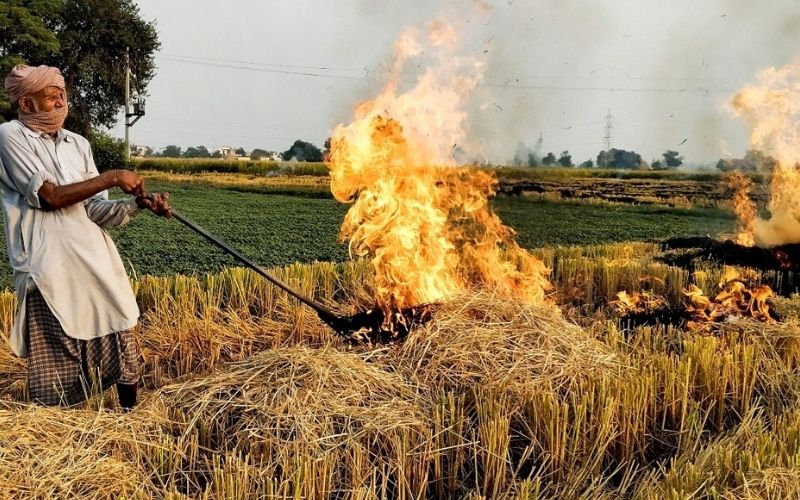Font size:
Print
A Climate-Smart Joint Venture for Rice and Wheat
Context:
RiceTec Inc. from Alvin, Texas, and Mahyco Pvt. Ltd from Jalna, Maharashtra, have partnered to create a joint venture (JV), Paryan Alliance Pvt. Ltd.
More on News:
- JV aimed at making the rice-wheat cropping system more climate-smart and sustainable.
- The newly established Paryan Alliance Pvt. Ltd. will focus on advancing agricultural technologies to enhance efficiency and sustainability in these staple crops.
|
The Paryan Alliance Pvt Ltd JV
|
Key Highlights:
- Technologies are designed to complement each other, covering both rice and wheat crops in the 12 million hectare rice-wheat rotation system across Punjab, Haryana, eastern Uttar Pradesh, and Bihar.
- The use of herbicide-tolerant traits in the hybrids and varieties enables more efficient weed management and reduces the need for traditional methods.
- The rice hybrids developed by RiceTec/Savannah (such as ‘Sava 134’ and ‘Sava 127’) and Mahyco’s wheat varieties (‘Goal’ and ‘Mukut’) contain a mutated gene. It allows farmers to spray Imazethapyr.
- A herbicide is effective against a range of broadleaf, grassy, and sedge weeds.
- The altered DNA sequence enables these crops to “tolerate” the herbicide, ensuring it only affects weeds and not the crop itself.
- Historical Context: In 1997, Mahyco formed a joint venture with Monsanto to introduce the ‘Bollgard’ GM Bt cotton technology, which nearly tripled India’s cotton production between 2002-03 and 2013-14.
Benefits:
- The DSR method saves approximately 30% of water compared to traditional rice cultivation, which requires continuous flooding.
- Both technologies reduce the costs associated with field preparation, labour, and fuel while minimising Greenhouse Gases by eliminating practices like stubble burning and excessive ploughing.
Recent Developments and Future Plans:
- Deployment and Testing:
- During the kharif season, Savannah rice hybrids were planted in 4,000 acres in Punjab and Haryana, 3,000 acres each in Madhya Pradesh and Chhattisgarh, and 1,000 acres in western Uttar Pradesh.
- Mahyco is awaiting regulatory approval for FreeHit technology with expectations to launch it in the upcoming Rabi season.
- Licensing Opportunities: Paryan is open to licensing its Imazethapyr-tolerant trait to other seed companies, enabling broader adoption of these climate-smart technologies.
|
Traditional Rice Cultivation
|



